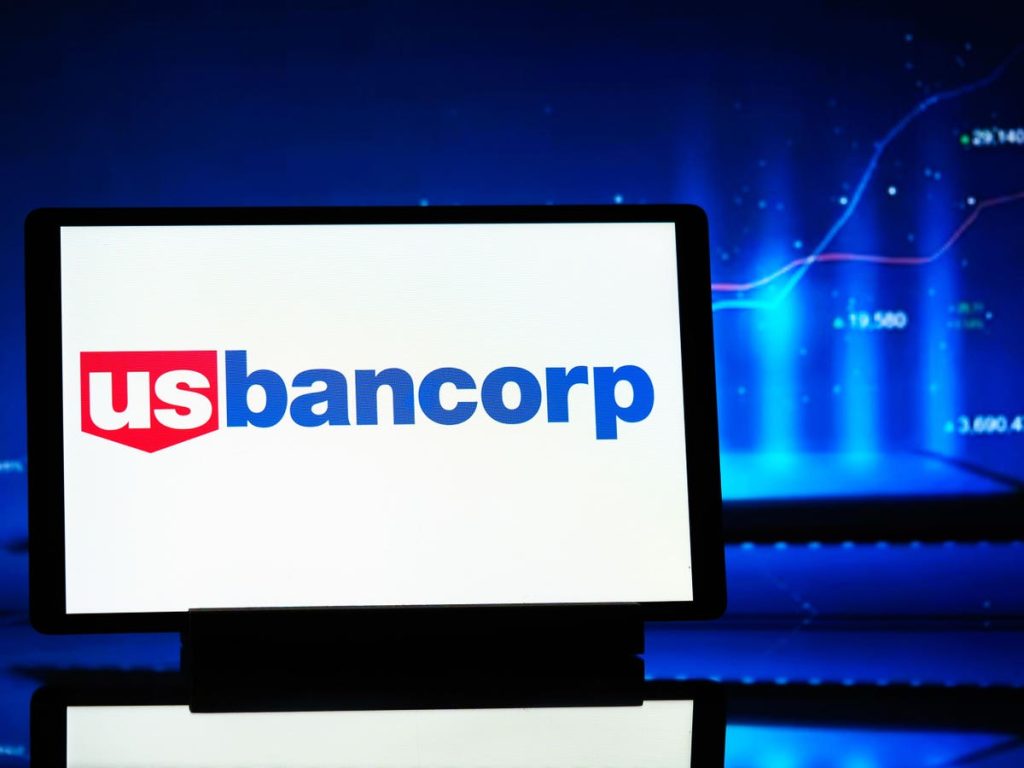U.S. Bancorp (USB), a significant player in the U.S. banking sector, has experienced a fluctuating stock performance in recent years, underperforming both the S&P 500 and banking giant JPMorgan Chase in 2024. While the stock has seen a year-to-date gain of approximately 23%, this pales in comparison to the S&P 500’s 28% rise and JPMorgan’s impressive 47% surge. This disparity raises questions about USB’s future prospects and its ability to compete with industry leaders. The bank’s recent financial performance presents a mixed picture, with both positive and negative elements influencing its trajectory.
USB’s third-quarter 2024 results revealed a 2% year-over-year decline in total revenues, reaching $6.86 billion. This downturn stemmed from reduced interest and non-interest income streams. Net interest income, a crucial metric for banks, also decreased by 2.5% year-over-year, settling at $4.17 billion due to shrinking net interest margins. This contraction reflects the broader trend of banks offering higher deposit interest rates to retain customers drawn to more lucrative, high-yield alternatives. However, a silver lining appeared in the form of a 12.5% year-over-year increase in net income, reaching $1.6 billion. This improvement was primarily attributed to lower noninterest expenses and reduced income tax expenses. However, these gains were partially offset by lower total net revenue, net securities losses, and an increased provision for credit losses. The uncertain interest rate environment and the potential for future rate cuts introduce further volatility into the bank’s outlook.
The banking sector has been grappling with rising credit loss provisions due to elevated default risks on mortgages and credit card debt, a consequence of high interest rates. USB is no exception, with its provisions for credit losses climbing to $557 million in Q3 2024, an 8% year-over-year increase. Despite these challenges, USB has taken steps to enhance shareholder value. The bank recently announced a new $5 billion share repurchase program slated to commence in early 2025. Furthermore, it raised its annual dividend by approximately 2%, reaching $2 per common share. These measures aim to attract investors and bolster confidence in the bank’s future.
Examining USB’s stock performance over the past four years reveals a highly volatile pattern, mirroring the fluctuations of the S&P 500. The stock delivered a 24% return in 2021, followed by a -19% decline in 2022, and a modest 5% gain in 2023. This erratic performance contrasts with the more stable returns of diversified investment portfolios like the Trefis High Quality Portfolio, which outperformed the S&P 500 during the same period with less volatility. This underscores the potential benefits of diversification in mitigating market risks and achieving consistent returns. The question remains whether USB’s stock will continue its volatile trajectory or experience a significant rebound in the coming year.
Despite the current challenges, several factors suggest a potentially brighter future for USB. The Federal Reserve’s initiation of rate cuts in September 2024 could bolster the bank’s net interest income. Moreover, the prospect of a second term for Donald Trump as U.S. president holds positive implications for the financial sector. Investors anticipate that a Trump administration would favor deregulation, leading to a less stringent approach to bank oversight compared to the Biden administration. This relaxed regulatory environment could enable banks like USB to expand lending activities, potentially boosting revenues. Lower compliance costs could also enhance profitability. Trump’s proclivity for tax cuts could further benefit banks’ bottom lines, including USB’s.
Considering these factors, a valuation of approximately $50 per share for USB stock appears reasonable, aligning with the current market price. While the bank faces challenges related to declining revenues and increasing credit loss provisions, potential tailwinds such as interest rate cuts and a potentially favorable regulatory environment under a second Trump administration could provide opportunities for growth. Investors should closely monitor the evolving macroeconomic landscape and USB’s strategic responses to assess the long-term prospects of the bank’s stock. The comparison with more stable investment portfolios highlights the importance of diversification and risk management in achieving consistent returns in a volatile market environment.

